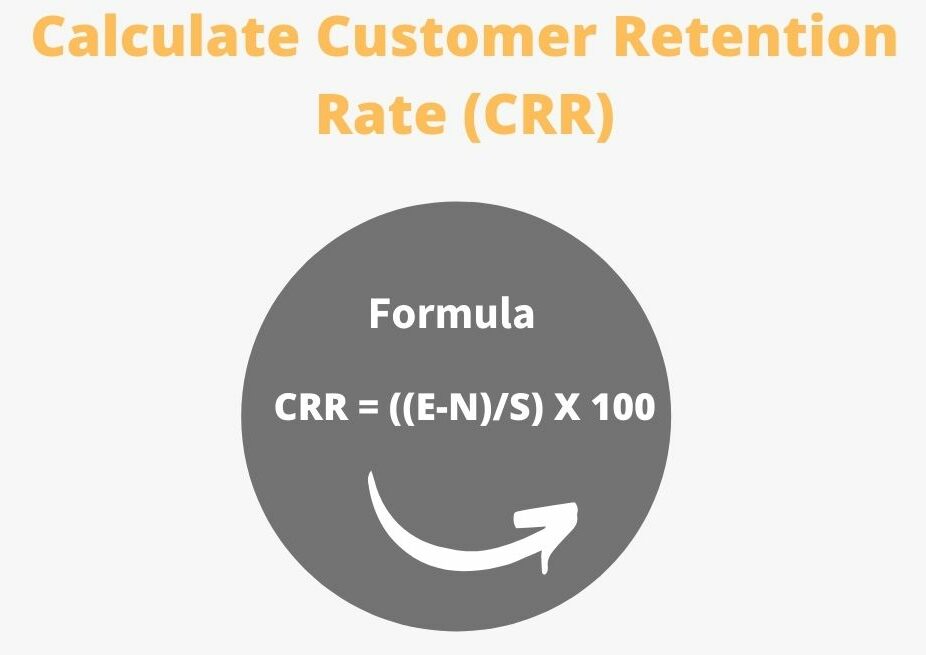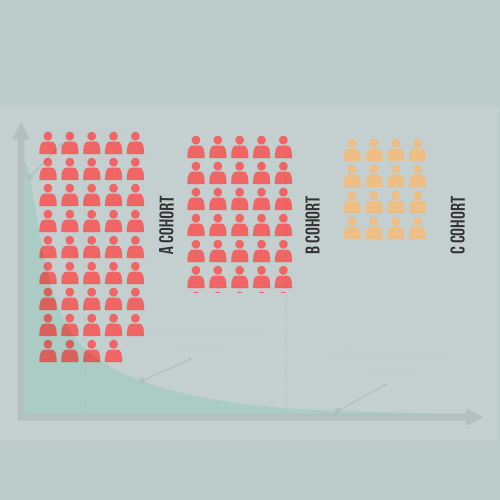🕰️ Reading time : 6 min🕒 Last updated : April 30, 2025🗓️ Published on : February 14, 2020
What is Cohort Analysis? How does Cohort Analysis Help to Retain Customers?
Before getting into cohort analysis and its benefits, one must take note of the fact that businesses devote a huge chunk of their resources to find new customers but, sometimes, they lose sight of their existing ones.
Enterprises often take their eyes off the customer churn metric. But it is very important to always track the churn rate. How many customers is your business losing over what period of time? This will help you figure out the answer to the crucial question – why the attrition rate?
The answer will then point you in the direction of customer retention. You will be able to figure out what to do to hold on to your existing customers. But before that, one needs to understand that for each business, retention holds a different meaning.
For an e-commerce firm, it’s simply buyers of its products, but for a website, it could be visitors.
Table Of Contents
- Analytical Techniques
- What is Cohort Analysis?
- Where does Cohort Analysis Come into All this?
- Typical Questions that Cohort Analyses Answer
Analytical Techniques
Several analytical techniques exist to understand what is it that will make your customers stay, in turn, boosting customer retention. One of them is cohort analysis. This form of analysis involves the tracking of the performance of cohorts over time.
What is Cohort Analysis?
Cohort analysis can be called a subset of
behavioral analytics. It is a subset of segmentation although both are used quite often interchangeably.
Cohort analysis can be used for two main purposes: for finding out the success of a one-time campaign, and for benchmarking user engagement.
Unlike segmentation, in cohort analysis, you divide a larger group into smaller related groups based on different types of attributes for analysis. But to call cohort and segment the same is not right.
A segment is not time or event-based but a cohort is a group of people that is observed over a period of time.
Prospect new customers with lowest churn and highest LTV
Here’s an example: Women above 50 years of age form a segment but 50-year-old women who are chain smokers, smoking about 2 packets a day form a cohort.
Also, unlike in segmentation, in cohort analysis, data analysts raise a hypothesis, then observe the people in the cohort over a period of time to conclude.
So, to take the example forward, the hypothesis is: do women over 50 who are chain smokers, by smoking 2 packs a day get cancer faster compared to women below 50 who smoke the same number of cigarettes?
There’s a standard formula to help calculate customer retention rate (CRR):
CRR = ((E-N)/S) X 100
E: The number of customers at the end of the selected time period.
N: The number of customers acquired during that period.
S: The number of customers at the beginning (or start) of the period.
To arrive at the true picture of retained customers, you need to get the difference between the number of customers acquired during the period from those that are remaining at the end of the period.
You need to divide the result by the number of customers at the beginning to find the percentage of those customers who were retained from the start. This will give you the CRR.
It’s obvious then that the higher your business’ CRR, the higher your customer loyalty. If your CRR is poor, it is also obvious that your business needs to take such corrective steps as necessary.
Where does Cohort Analysis Come into All this?
To understand the long-term health of your business, cohort analysis helps businesses understand seasonality and customer lifecycle.
Sometimes, cohort and customer segmentation are used interchangeably, but they do not refer to the same thing. Customers can be segmented into groups based on certain shared commonalities, the most basic being demography.
The RFM model, Recency, Frequency, and Monetary analysis is a popular segmentation method.
A cohort, on the other hand, is a slightly more narrow group of customers having the same characteristic. It’s akin to putting “similar” clients in a bucket.
A typical cohort is mostly a time-sensitive grouping. For example, Those customers who signed on during a particular festive season and perhaps continue to shop only during festival time.
Another thumb rule to differentiate can be – when customer groups are not time-dependent, they can be called segments instead of cohorts.
Other typical forms of cohorts besides time-based ones are behavior-based, and segment-based ones.
An analysis of cohorts means the scrutiny of the performance of cohorts over time.
Take the example of period-specific buyers, i.e. those who purchased during the just-concluded festive season.
You can use cohort retention analysis to understand the value of these users to cohorts your business acquired in the previous bout of festival shopping. You can even run a customer cohort analysis to compare the shopping patterns of cohorts during the X festival with the same period last year.
Image credit:
How to Crush Your SaaS Marketing With Cohort Analysis
Prospect new customers with lowest churn and highest LTV
Typical Questions that Cohort Analyses Answer:
- What’s your customer lifetime value?
- Do seasonal users in big retail moments like Christmas behave differently than the routine ones?
- Were this year’s Black Friday customers buy more (and so are better) than earlier ones?
Cohort analysis can be around acquisition cohorts or behavioral cohorts. In the first, the cohorts consist of what the consumers acquired, while in the second, it is governed by their activity, i.e. for example, all of them clicked on a certain section when they visited your website.
To sum up, your customer data can be better analyzed using cohort analysis, whatever be the industry your business is in. You can identify products or services that retain the potential for faster sales.
You can even use it to identify gaps in your marketing communication and identify the best way to address a certain cohort.
In product marketing, it can be used to identify the success of the adoption rate of a product feature and also the churn rates.
References:
What Can You Do with a Cohort Analysis
How To Calculate Customer Retention Rate — A Practical Approach
An Engine That Drives Customer Intelligence
Oyster is not just a customer data platform (CDP). It is the world’s first customer insights platform (CIP). Why? At its core is your customer. Oyster is a “data unifying software.”
Explore More
Liked This Article?
Gain more insights, case studies, information on our product, customer data platform




No comments yet.